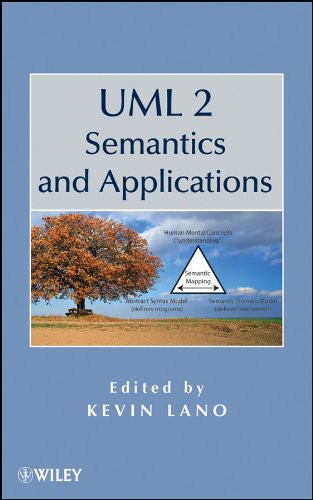

Most ebook files are in PDF format, so you can easily read them using various software such as Foxit Reader or directly on the Google Chrome browser.
Some ebook files are released by publishers in other formats such as .awz, .mobi, .epub, .fb2, etc. You may need to install specific software to read these formats on mobile/PC, such as Calibre.
Please read the tutorial at this link: https://ebookbell.com/faq
We offer FREE conversion to the popular formats you request; however, this may take some time. Therefore, right after payment, please email us, and we will try to provide the service as quickly as possible.
For some exceptional file formats or broken links (if any), please refrain from opening any disputes. Instead, email us first, and we will try to assist within a maximum of 6 hours.
EbookBell Team

5.0
40 reviewsWith an up-to-date view of the results of UML semantics and the practical applications of semantics development, this book presents the only coherent and integrated account of the leading UML 2 semantics work and its applications. With contributions from renowned experts in the area of UML 2 semantics and its applications, the book covers semantics of UML 2 diagrams, OCL, state machine diagrams, interactions, use cases, and activities. UML Semantics and Applications is an excellent reference for researchers and students in the model-driven development community.
BuchrückseiteA coherent and integrated account of the leading UML 2 semantics work and the practical applications of UML semantics development
With contributions from leading experts in the field, the book begins with an introduction to UML and goes on to offer in-depth and up-to-date coverage of:
The role of semantics
Considerations and rationale for a UML system model
Definition of the UML system model
UML descriptive semantics
Axiomatic semantics of UML class diagrams
The object constraint language
Axiomatic semantics of state machines
A coalgebraic semantic framework for reasoning about interaction designs
Semantics of activity diagrams
Verification of UML models
State invariants
Model transformation specification and verification
Additionally, readers are provided with expert guidance on how to resolve semantic problems and a section on applications of UML semantics with model analysis. UML 2 Semantics and Applications is an ideal resource for researchers and tool-builders working in UML, among others. It is also an excellent textbook for postgraduate teaching and research.